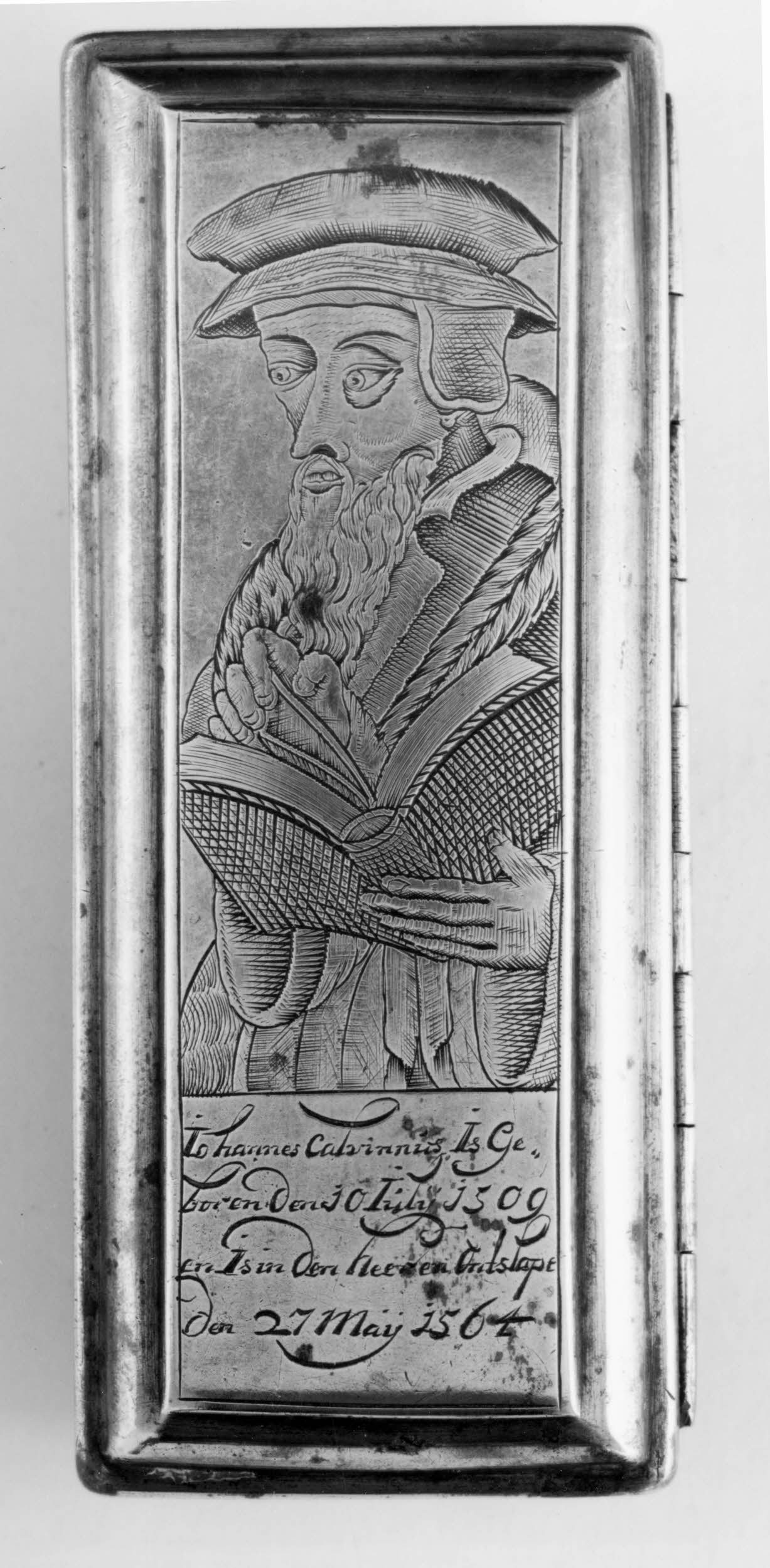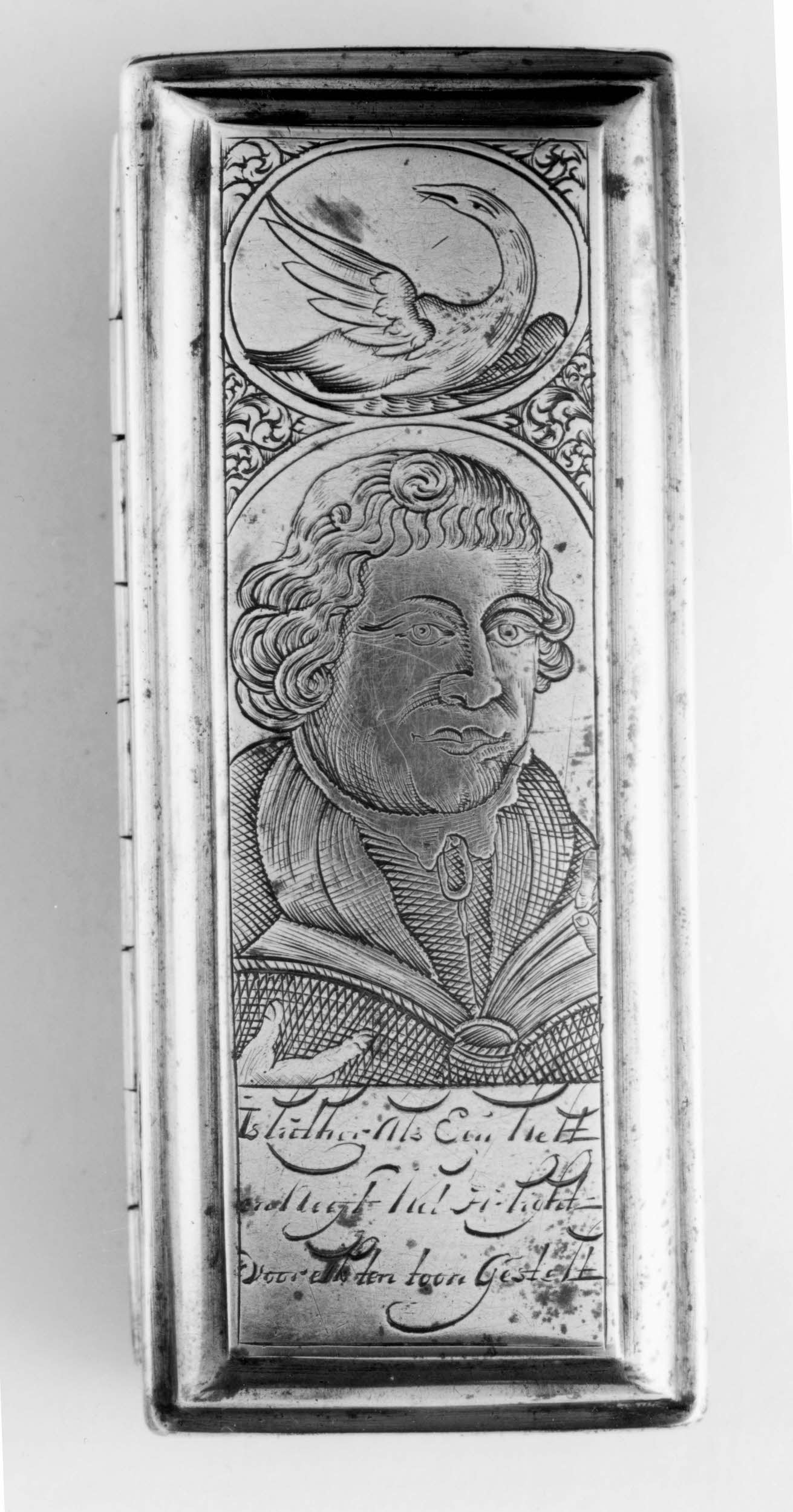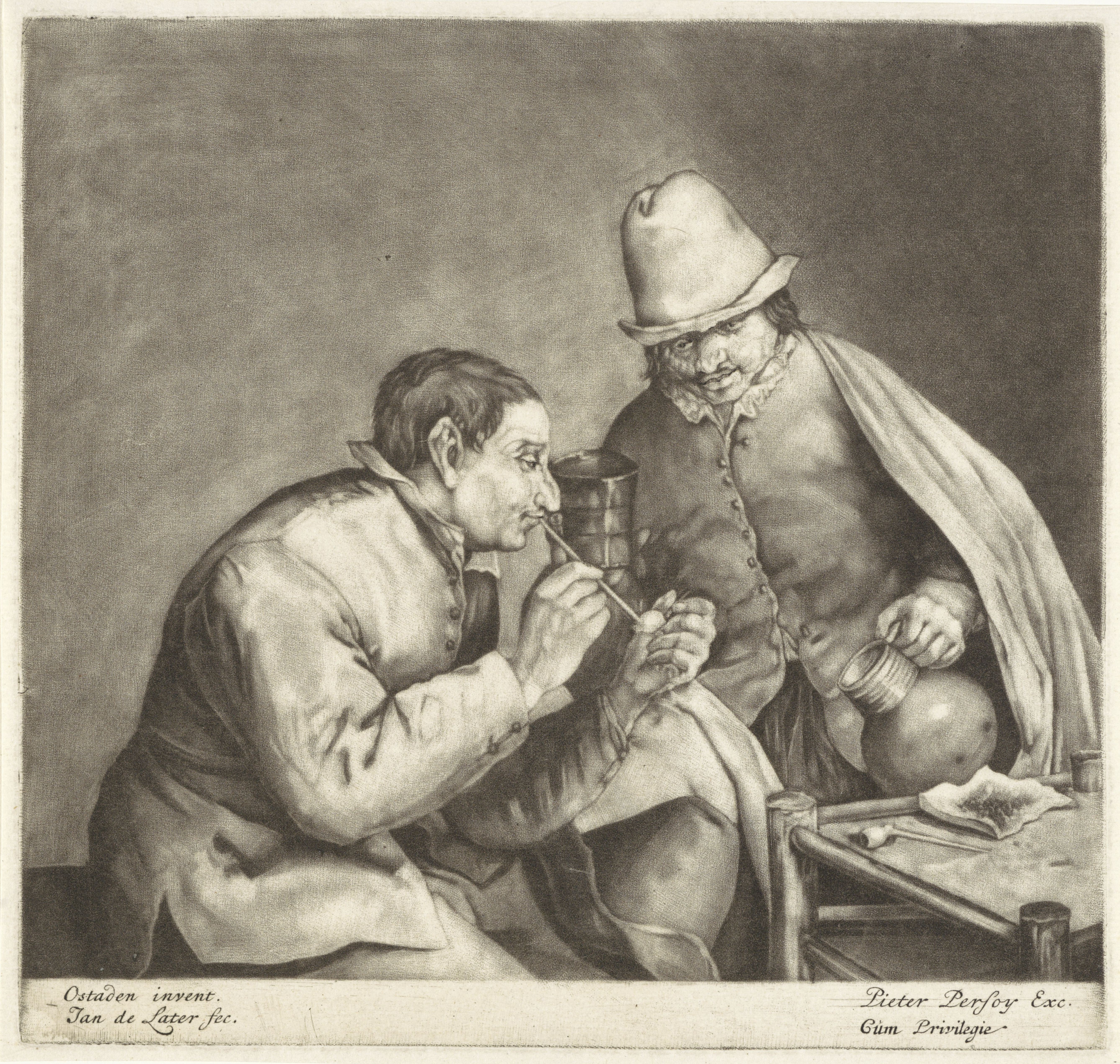The Smell of the Reformation
Members of the Remembering the Reformation project team are currently busy identifying material for the digital exhibition that will be launched to coincide with our big conference in Cambridge, 7–9 September 2017 (booking is now open!). We’ve been digging deep into the collections of our partners in this enterprise, Cambridge University Library, York Minster Library, and Lambeth Palace Library, and discovering some neglected and hidden treasures among their manuscripts, printed books, and artefacts. We are immensely grateful to the curators and librarians who have patiently fetched so many items for us, directed us to exciting finds, and shared our delight, laughter, and excitement. It is hoped that the exhibition will also feature a few selected items from other museums, including the V&A and the British Museum.
The subject of this latest project blog is one of the intriguing objects upon which I have stumbled searching for sixteenth- and seventeenth-century Reformation memorabilia. Now in the British Museum, it is an object of Dutch origin: a tobacco box (12cm x 5 cm in dimension), which is tentatively dated by the BM to the seventeenth century, but seems more likely to have been manufactured in the first half of the eighteenth century. It is unclear whether the box was privately commissioned or mass produced for the market: it is made of brass, a less prestigious metal than silver, but the engraving on both sides suggests that this was not an inexpensive item. It bears on its lid and base images of two Protestant reformers: Martin Luther and John Calvin. On the base is Luther, depicted as the heavy set, substantial figure familiar to us from many portraits, holding an open book. Above him in an oval cartouche is a swan, an allusion to the famous prophecy associated with his predecessor Jan Hus, the Bohemian heretic put to death in 1415, who is said to have predicted that though he was roasted as a goose, in a hundred years’ time a swan would sing. On the lid, a position of greater visibility probably reflecting the dominant tenor of the Reformation in the Netherlands, is Calvin. He sports a long beard and cap and also clasps and fingers the pages of a book. The accompanying inscription gives the dates of his birth (1509) and his death (1564, when he ‘expired in the Lord’), contrasting with the more elaborate verse beneath Luther, which is hard to decipher, but refers to him as a ‘light’ that exhibits the holy evangel to and for everyone.[1]

© Trustees of the British Museum

© Trustees of the British Museum
This is an unusual object, but it is not entirely unique. It bears comparison with another Dutch tobacco box in a private collection dating from 1736, which is wrought in silver. This pairs Luther with Hus: above the head of the latter is a small roundel showing him being burnt at the stake as a martyr.[2] Evoking the relationship between the Christ and his forerunner John the Baptist, the iconography of this item is a miniature pedigree that neatly encapsulates Protestantism’s response to the classic Catholic taunt, ‘Where was your church before Luther?’ The British Museum object likewise centres remembrance of the Reformation on the powerful personalities who were already synonymous with it — the images of these men that circulated as prints and depicted in paintings were instantly recognisable visual short-hands for the religious revolution they were credited with inaugurating. Exploiting the open book as an icon of religious truth, this tobacco box is a mnemonic to a crystallising legend of origin — a legend about the birth of a movement that unveiled the Gospel to a people who had been kept in darkness and ignorance by the papacy for much of the Middle Ages. But the memory of the Reformation that this box evokes is also a highly simplified one that eclipses significant frictions and divisions within Protestantism: it brings together two men who were less allies than antagonists, and who were bitterly divided on critical issues such as the meaning of the Eucharist. Denuding them of theological substance, it reduces them to heroic figureheads and to cardboard cut-outs. It effaces their individuality and ideological particularity in favour of deploying them as generic symbols. It forgets the fact that in reality they were fierce adversaries rather than bosom buddies.
Why would a tobacco box be adorned with this iconography? Smoking was a cultural habit imported from the New World that swept across northern Europe like wildfire, so much so that Simon Schama has declared that ‘the smell of the Dutch Republic [in the seventeenth century] was the smell of tobacco’.[3] Tobacco was an exotic and intoxicating substance that rapidly became the subject of addiction across the social spectrum. Some regarded it as a medicinal drug, prophylactic against the plague, and a panacea; others denounced it as loathsome weed that was pernicious to the health and an inducement to shameful lust. King James I of England in his Counterblaste of 1604, linked the ‘stinking’, ‘unsavoury’ and ‘savage custom’ of taking tobacco with barbarity, degeneracy, and moral decay;[4] a Dutch preacher lamented that thousands of people who called themselves Christians were ‘as besotted with this foul smoke as children are with sugar’.[5] Others employed the language of the devil and hell to describe it and invoked Psalm 102:3: ‘my days are consumed like smoke’. Various governments attempted to regulate smoking. In 1642 Pope Urban VIII published a bull excommunicating all those who took tobacco in church and lamenting that even during the celebration of the mass indulged in it ‘sacrilegiously and to the great scandal of the pious’. In the city of Berne, it was officially added to the Ten Commandments and folded in with the Mosaic ban on adultery.[6] Widely equated with sin, dissipation, and drunkenness, it was nevertheless a highly fashionable vice, which engendered a range of material accessories, from clay pipes and spittoons, to snuff and tobacco boxes. These were often decorated with devices and mottoes, some with abstract or floral patterns, others with scenes of merry drinkers and smokers, landscapes, royal portraits or military victories. A few double as calendars and almanacs. Nor were religious and biblical themes uncommon: two other Dutch boxes in the British Museum’s collection are adorned with the erection of the cross at Calvary and the marriage of Cana, when water was turned into wine, paired with Christ feeding the five thousand.

From the collections of the Rijksmuseum
To decorate a tobacco box with these images or those of Calvin and Luther may seem somewhat anomalous. It sits uneasily with our presupposition that Protestantism, especially the Calvinist variety, was a religion of moral austerity and puritanical sobriety, whose adherents frowned upon and abstained from indulgence in intoxicants. But our instinctive assumption that tobacco smoking and fervent Protestant piety were incompatible may itself be an inherited myth, a misleading caricature of a movement that had a more complex and ambivalent relationship with pleasure, consumption and luxury than later, often hostile accounts of it have led us to believe. It may tell us more about how memory of the Reformation and its repercussions has been distorted and refracted in the centuries since than it does about the values it embodied and stood for in its own era. Recent work by Lyndal Roper, for instance, has unsettled our image of Lutheranism as an instrument of social discipline and presented us with a Luther who relished food, drink, scatalogical humour and sexual intercourse.
It remains impossible to know what compelled people to purchase or commission objects like this tobacco box, and what it might have meant to own and use them. We cannot easily discern their significance in a pluralistic society or neatly read off the mentalities of those who possessed such forms of merchandise. But we may take inspiration from the insight that things help societies to remember, and that this process involves sensory perception — from sight and hearing to touch and taste — as well as intellectual cognition. Andrew Jones’s comment that memory is frequently produced ‘in the current of quotidian activities’, in the course of routine, habit and action, is helpful here.[7] As people lit the tobacco in their pipes did they reflect on the holy light of the Gospel that Luther had ignited? Should we read the inscription on the British Museum box as a kind of smoker’s joke? In a similar way, might the whiff of smoke have served to remind them of the heroic sacrifice of Hus and later Protestant martyrs burnt at the stake for their faith? Did the smell of tobacco consequently serve to evoke the memory of the Reformation itself?
[1] My thanks to Liesbeth Corens and Sjoerd Levelt for their assistance with this.
[2] J. W. Frederiks, Dutch Silver: Wrought Plate of North and South Holland from the Renaissance (The Hague, 1958), p. 98 and plate 99.
[3] Simon Schama, The Embarrassment of Riches: An Interpretation of Dutch Culture in the Golden Age (Berkeley, 1988), p. 189, and see pp. 189-220.
[4] James I, A counterblaste to tobacco (London, 1604).
[5] Godefridus Udemans, quoted in A. Th. Van Deursen, Plain Lives in a Golden Age: Popular Culture, Religion and Society in Seventeenth-Century Holland (Cambridge, 1991), p. 103.
[6] Cited in Deborah Gage and Madeleine Marsh, Tobacco Containers and Accessories: Their Place in Eighteenth-Century European Social History (London, 1988), p. 17.
[7] Andrew Jones, Memory and Material Culture (Cambridge, 2007), p. 31.